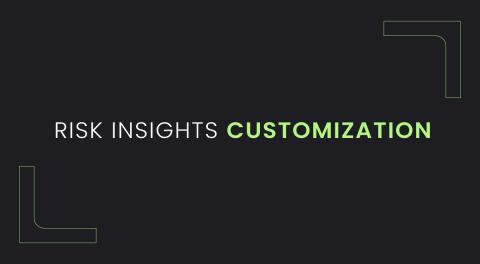How Sysdig strengthens cloud security posture management with custom risk insights and controls and proactive risk management
Attack surfaces in the cloud are expanding at a breakneck pace. Cloud security has reached an unprecedented level of complexity — ranging from misconfigurations and vulnerabilities to advanced threats and compliance challenges, all while malicious actors are increasingly using generative AI to target your cloud infrastructure.











